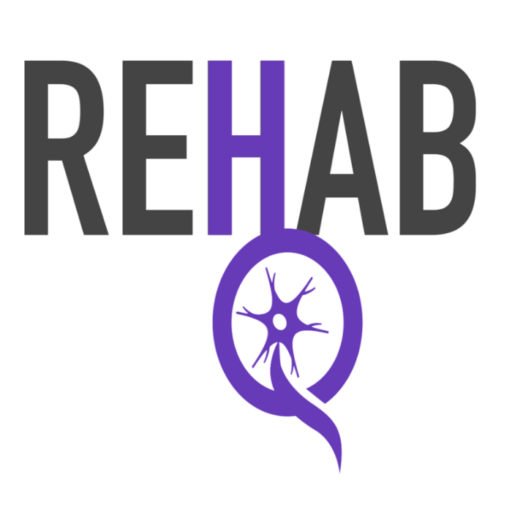
by Tara Tobias | Jul 12, 2021 | Activities of daily living, Balance, foot drop, Multiple Sclerosis, Stroke Balance, Stroke Treatment
Many people inquire about the “best exercises” for stroke patients to improve walking. I like to use the term “Drills” when referring to “stroke exercises”. Why? Because “Drills” are what I think of when I think of...

by Tara Tobias | Jul 6, 2020 | Activities of daily living, Caregiver Resources, Stroke, Stroke Treatment, Uncategorized
An effective physical therapy program at home after a stroke is the most critical component for a successful recovery. I dare say MORE important than face to face time with your therapists. As someone who earns a living by treating patients (in person), this is a...

by Tara Tobias | Jun 3, 2020 | Activities of daily living, Caregiver Resources, Stroke, Stroke Balance
Standing is one of the most critical skills to relearn after any type of neurologic injury. Standing helps with digestion, bone health, and joint health. It can also reduce spasticity, and facilitate motor recovery. The caregiver role is almost more important than...

by Tara Tobias | May 18, 2020 | Activities of daily living, Balance, Caregiver Resources, Product Review
A step stool with a handle is one of the most seems like an odd piece of “rehab equipment”, however, it is truly “worth its weight in gold”. It is probably the one itemI can honestly say I use multiple times a day in my clinic. And, rarely as...

by Tara Tobias | May 13, 2020 | Activities of daily living, Stroke Arm Exercises
Hemiplegia (weakness on one side of the body) can be a huge cause of disability following a stroke. This can make activities such as grasping, reaching, and manipulating objects difficult, if not impossible. Constraint Induced Movement Therapy has been well...

by Tara Tobias | May 11, 2020 | Activities of daily living, Caregiver Resources, Stroke
Falling can be a scary thing. Getting up from the floor after a fall is the number one most important skill to learn. Safety Warning: Check in with your body before moving It is important to note, you should only attempt to get up if you are not injured for...







